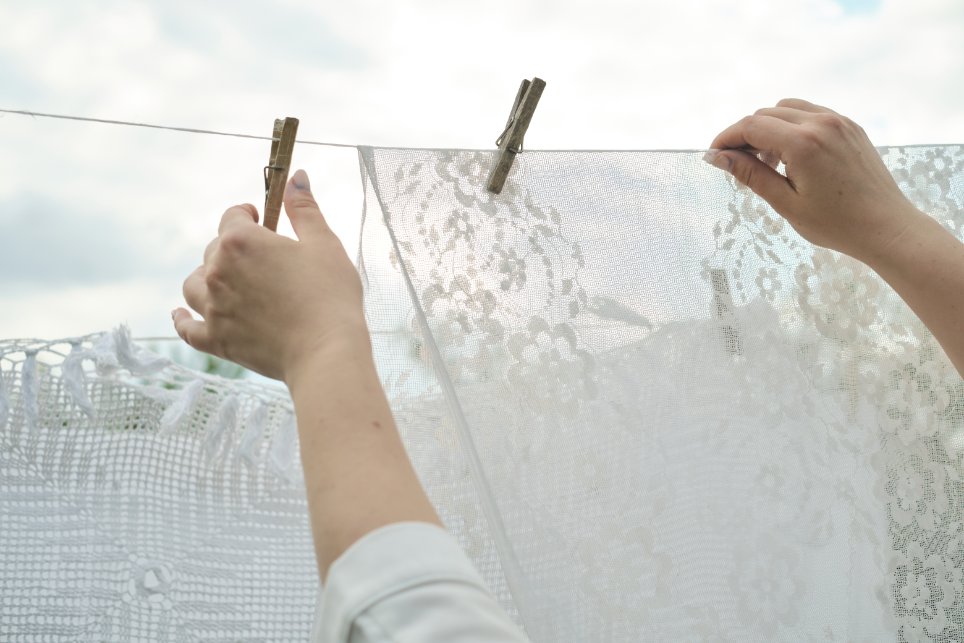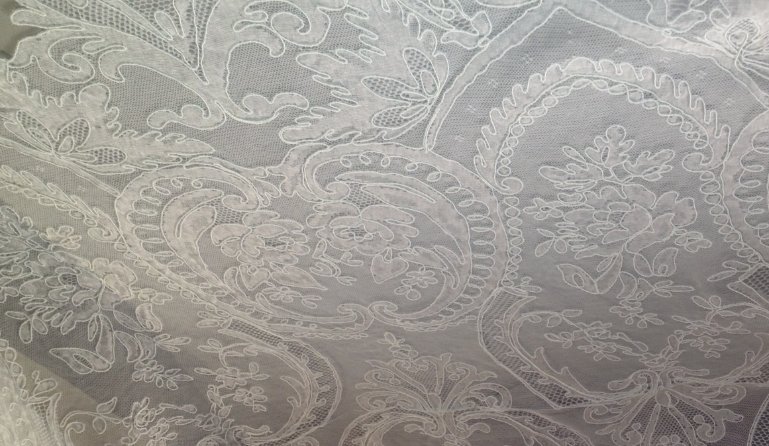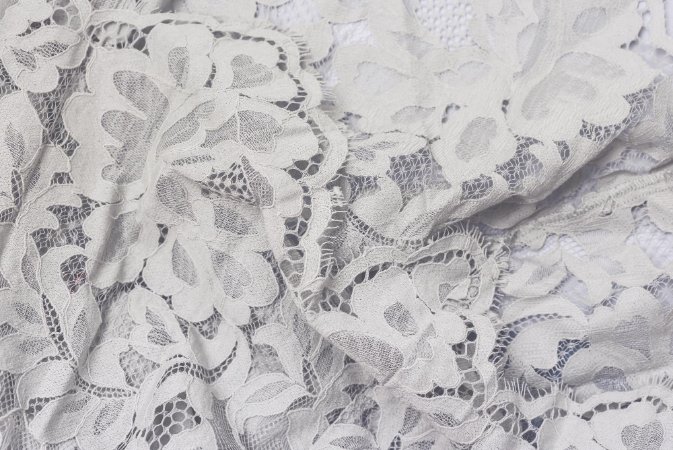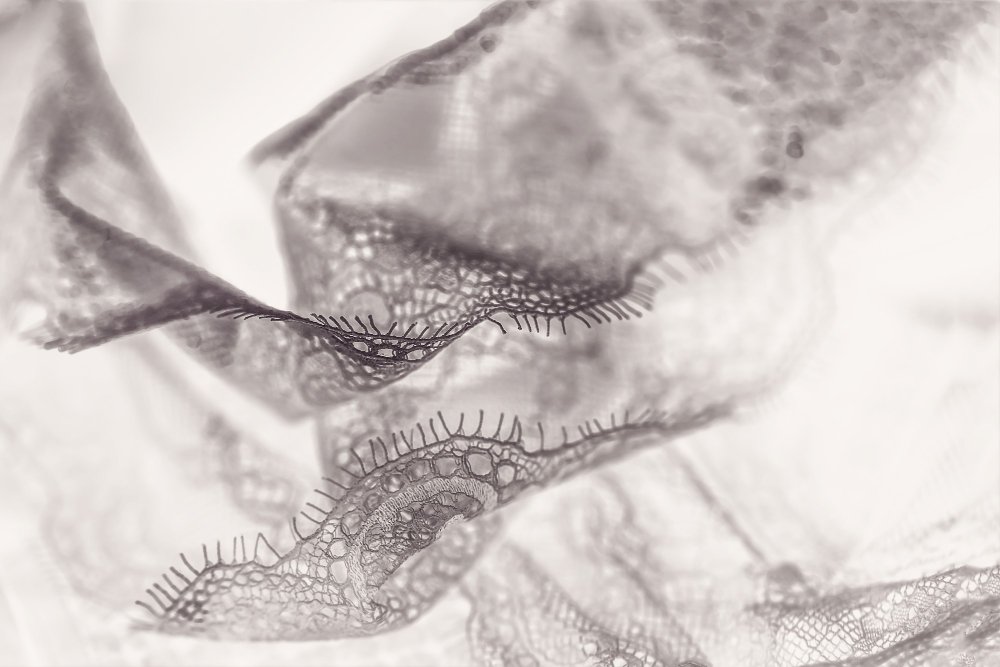Discover the artistry and heritage behind Europe’s most coveted luxury textile
Table of Contents
- What is Lyon Lace?
- What is Lyon Fabric?
- Market Overview and Industry Trends
- History and Legacy of Lyon Textile Arts
- Innovative Craftsmanship and Loom Technology
- Buyer’s Guide to Quality and Design
- Choosing and Applying Lyon Lace in Your Projects
- Care and Maintenance Guidelines
- Frequently Asked Questions
- Conclusion
What is Lyon Lace?
Lyon lace is a premium textile that draws inspiration from the rich textile heritage of Lyon, France. While Lyon is historically renowned as the world capital of silk production, contemporary “Lyon lace” refers to luxury lace fabrics that embody the same commitment to craftsmanship and quality that made Lyon famous.
This exceptional material combines traditional lace-making techniques with the sophisticated aesthetic sensibilities that Lyon’s textile industry perfected over centuries. You’ll find that authentic Lyon lace features intricate patterns, superior construction, and the attention to detail that reflects Lyon’s position as Europe’s textile excellence hub.
Lyon Lace Market Statistics
What is Lyon Fabric?
Lyon fabric encompasses the broader textile tradition of Lyon, France, which became the global center for luxury textile production during the Renaissance. The city’s reputation was built on silk manufacturing, but today “Lyon fabric” represents any high-quality textile that meets the standards of craftsmanship established by Lyon’s historic textile industry.
When you encounter Lyon fabric today, you’re experiencing textiles that reflect:
- Traditional French weaving techniques passed down through generations
- Premium materials including silk, fine cotton, and luxury blends
- Intricate patterns and designs that showcase technical mastery
- Quality standards that meet haute couture requirements
- Heritage production methods combined with modern innovations
Market Overview and Industry Trends
The luxury lace market is experiencing significant growth, driven by increasing demand in haute couture and bridal fashion. Current industry data shows the global lace fabric market was valued at approximately $2.5 billion in 2023 and is projected to reach $4.1 billion by 2032, growing at a CAGR of 5.5%.
Key Market Drivers
Several factors are contributing to the growing demand for premium lace fabrics like Lyon lace:
- Rising luxury fashion market: Increased consumer spending on high-end fashion items
- Bridal industry growth: Expanding wedding market globally, particularly in emerging economies
- Social media influence: Instagram and Pinterest driving demand for unique, photogenic fabrics
- Sustainability focus: Consumers seeking quality, durable textiles over fast fashion
The resurgence of vintage fashion trends also plays a pivotal role in driving demand for traditional lace fabrics. As more fashion brands integrate lace into their collections, particularly for embroidered lace applications, the market continues to expand.
History and Legacy of Lyon Textile Arts
Lyon’s textile heritage dates back to the Renaissance period when the city became Europe’s silk capital. Understanding this history helps you appreciate why Lyon lace represents such exceptional quality.
Birth of Lyon’s Textile Excellence
In 1466, King Louis XI established Lyon’s first silk manufacture, granting the city a monopoly on silk production in France. By the 17th century, Lyon contained more than 10,000 silk looms, cementing its position as the global center for luxury textile production.
| Period | Key Development | Impact on Modern Lyon Lace |
|---|---|---|
| 1466-1550 | Royal silk monopoly established | Foundation of quality standards |
| 1550-1700 | Technical innovation period | Complex pattern development |
| 1700-1900 | Industrial adaptation | Scalable production methods |
| 1900-Present | Heritage preservation | Modern luxury applications |
Traditional Techniques Meet Modern Innovation
The techniques developed in Lyon’s historic workshops continue to influence modern lace production. Master craftspeople trained in traditional methods now apply their skills to contemporary corded lace fabric and other luxury textiles.
Lyon’s textile museums preserve thousands of historical patterns, with modern preservationists estimating that only 12% of historical designs have been digitally cataloged. This vast archive continues to inspire contemporary Lyon lace designs.
Innovative Craftsmanship and Loom Technology
The creation of authentic Lyon lace involves sophisticated machinery and skilled craftsmanship that sets it apart from mass-produced alternatives.
Vertical Loom Technology
Unlike conventional horizontal systems, the specialized looms used for premium lace production operate vertically. This unique orientation allows weavers to create dimensional patterns that modern automated systems cannot replicate.
- Production speed: 13 inches per hour
- Pattern precision: ±0.5mm tolerance
- Thread count: 15-20 spools per design element
- Quality control: 14 specialized inspection steps
These engineering marvels require manual adjustments for each centimeter of fabric, explaining why only seven certified specialists worldwide can operate these machines. This level of expertise ensures every floral motif maintains perfect symmetry across 40-foot fabric rolls.
The Art of Hand-Cording
Artisans spend 18-25 hours per yard creating dimensional effects through manual cording. Each raised element follows precise pathways, forming tactile landscapes that machine methods cannot replicate. This process ensures uniform thickness across all decorative elements, a hallmark you can identify when selecting quality guipure lace fabric.
Buyer’s Guide to Quality and Design
When you’re selecting Lyon lace for your projects, understanding quality indicators helps ensure you get authentic, premium materials.
Recognizing Authentic Quality Features
Superior Lyon lace displays several distinctive characteristics that set it apart from mass-produced alternatives:
- Large-scale motifs: Floral patterns spanning 8-12 inches
- Variable hole sizes: Seven distinct opening sizes creating depth through light play
- Seamless transitions: Density changes within single panels
- Reinforced edges: Twin-thread wrapping rather than single strands
- Thread consistency: Subtle variations indicating hand craftsmanship
Weight Categories and Applications
Lyon lace comes in three primary weight categories, each suited for different applications:
| Weight Category | GSM Range | Best Applications | Key Features |
|---|---|---|---|
| Heavy | 300+ gsm | Bodices, structured skirts | Supports beadwork, provides structure |
| Medium | 150-299 gsm | Overlays, veils | Allows light diffusion, versatile |
| Sheer | Under 150 gsm | Illusion panels, sleeves | Enhances movement, delicate appearance |
When examining samples, look for these quality indicators under bright light. Authentic pieces reveal subtle thread variations and consistent pattern spacing, while machine-made versions show repetitive patterns with identical stitch spacing.
Choosing and Applying Lyon Lace in Your Projects
Successfully incorporating Lyon lace into your designs requires understanding both its capabilities and limitations.
Fashion Applications
Lyon lace excels in high-fashion applications where its unique characteristics can be fully appreciated:
- Bridal wear: Wedding gowns benefit from Lyon lace’s romantic appeal and structural integrity
- Evening wear: Red carpet styles showcase large-scale patterns under dramatic lighting
- Haute couture: Designer pieces leverage the fabric’s exclusivity and craftsmanship
- Luxury lingerie: Premium undergarments utilize the fabric’s comfort and elegance
For children’s formal wear, consider how lace enhances special occasion outfits while maintaining comfort and durability.
Design Considerations
When working with Lyon lace, keep these factors in mind:
- Plan embellishment placement to follow pattern contours
- Use curved needles to navigate intricate designs without snagging
- Consider light sources in your design environment
- Layer different densities for dramatic contrast effects
- Account for the fabric’s natural drape and movement
The dimensional details in Lyon lace catch light dynamically, creating different appearances as the wearer moves. This quality makes it particularly suitable for formal applications where visual impact is important.
Working with Specialty Lace Types
Different lace varieties require specific handling techniques:
- Beaded lace: Requires specialized pressing techniques and careful seam planning
- Chantilly-style lace: Benefits from French seaming methods to maintain clean edges
- Needle lace: Demands hand-finishing techniques for professional results
Care and Maintenance Guidelines

Proper care ensures your Lyon lace maintains its beauty and structural integrity over time.
Cleaning and Storage
Lyon lace requires gentle care to preserve its delicate structure:
- Hand wash in cool water with gentle detergent
- Avoid wringing or twisting the fabric
- Lay flat to dry away from direct sunlight
- Store flat or rolled, never folded, to prevent permanent creases
- Use acid-free tissue paper for long-term storage
For garments requiring professional cleaning, choose dry cleaners experienced with delicate textiles. Many techniques used for caring for different fabric types apply to lace, but the open structure requires extra caution.
Repair and Maintenance
Small repairs should be handled by professionals familiar with lace construction. However, you can prevent damage by:
- Storing garments properly on padded hangers
- Avoiding contact with rough surfaces
- Checking for loose threads before wearing
- Using garment bags for travel and storage
Frequently Asked Questions
Conclusion
Key Takeaways
Lyon lace represents the pinnacle of textile artistry, combining centuries of French heritage with contemporary luxury applications. As the global lace market continues to grow at 5.5% annually, reaching a projected $4.1 billion by 2032, the demand for authentic, high-quality textiles like Lyon lace will only increase.
When selecting Lyon lace for your projects, remember these essential points:
- Quality indicators matter: Look for large-scale motifs, reinforced edges, and seamless density transitions that distinguish authentic Lyon lace from mass-produced alternatives
- Choose the right weight: Match fabric weight to your application, from structural heavy lace for bodices to delicate sheer varieties for overlays and sleeves
- Understand the investment: Premium Lyon lace represents significant value, reflecting skilled craftsmanship and time-intensive production methods
- Proper care extends life: Gentle handling, appropriate storage, and professional cleaning when necessary preserve your investment
- Design with purpose: Leverage Lyon lace’s unique light-catching properties and dimensional effects to create truly memorable garments
Looking Forward
The future of Lyon lace lies in balancing traditional craftsmanship with modern sustainability demands. As consumers increasingly value quality over quantity, choosing slow fashion over fast fashion trends, Lyon lace exemplifies the type of investment textile that supports both personal style and environmental responsibility.
Whether you’re a fashion designer seeking to create heirloom pieces, a bride planning your dream wedding gown, or a sewing enthusiast exploring luxury materials, Lyon lace offers unmatched beauty and craftsmanship. The key is understanding its unique properties, respecting its heritage, and applying it thoughtfully in designs that honor both its past and its potential.
As you explore the world of luxury textiles, remember that authentic Lyon lace represents more than just fabric—it embodies a tradition of excellence that connects contemporary fashion with centuries of French artistry. For those seeking to work with related specialty fabrics, consider exploring our comprehensive guides on common fabric types and their uses or natural vs synthetic fabric options to broaden your textile knowledge.
By choosing Lyon lace, you’re not just selecting a material—you’re investing in a piece of textile history that will continue to inspire and delight for generations to come.
Additional Resources
For those interested in exploring lace collections and learning more about textile history, these authoritative sources provide valuable insights:
- Victoria and Albert Museum Collections – The world’s largest museum of applied arts houses an extensive collection of historical lace specimens spanning five centuries
- RISD Museum Luminous Lace Exhibition – Features metallic lace and textile decoration from the 16th to 21st centuries
- Ice Fabrics Comprehensive Lace Guide – Detailed technical information about lace fabric types, production methods, and characteristics
For more information about specialized sewing techniques for delicate fabrics, visit our guides on choosing the right presser feet and troubleshooting seam allowances for professional results.



